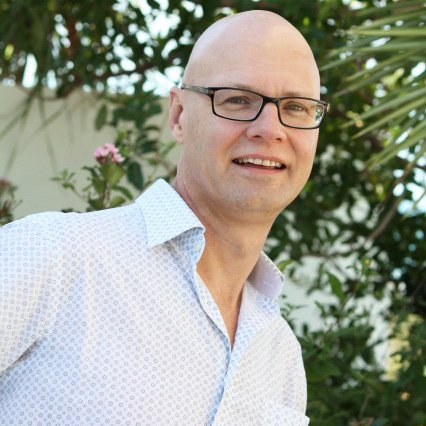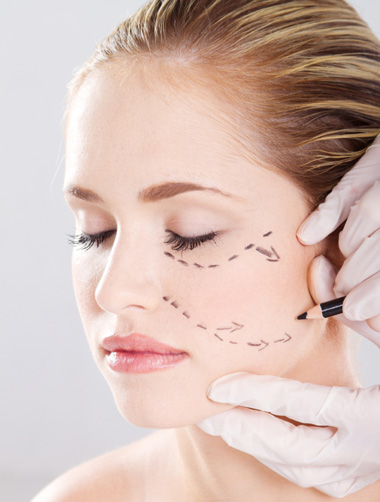Acne scars can have many presentations including hypertrophic or raised scars, atrophic or depressed scars and variants including ice pick scars.
Multiple treatment modalities are available to address acne scarring; these include Microdermabrasion, Fillers, Laser Resurfacing including Microlaser and Profractional XC.
For treatment of current acne (mild, moderate and severe) we provide AviClear Acne Laser treatment, which is safe for all skin types and skin tones.
SUBCISION
Subcision is a technique used to improve acne scarring by releasing the scarring under the skin. This is a particularly useful technique for broad depressed acne scars. A needle is used to separate the dermis from the subcutaneous layer so the acne scars are no longer bound down. This can be done as a stand alone procedure or in conjunction with laser resurfacing. No sutures are required.
PUNCH EXCISION
A useful technique particularly for icepick acne scars. A circular punch is used to core out the scar, thereby freeing the tissue around the scar, which is then sutured.
PUNCH ELEVATION
This technique is used to elevate depressed acne scars. A circular punch is used to release the borders of the scar which is then elevated to be flush with the surrounding tissue and often taped into position.
ACNE SCAR REMOVAL
Sometimes scars are not amenable to any other treatment and require surgical removal. The above techniques can sometimes be performed in conjunction with laser resurfacing. However, if scarring is severe and/or extensive, often a two stage procedure is undertaken. The first stage would include surgical modalities followed at lease one month later by laser resurfacing. This approach usually results in more significant improvement. Some patients with more severe scarring can benefit from repeated laser treatments, although it is wise to wait six to twelve months between treatments to allow adequate collagen remodelling to occur in the dermis.
ACNE SCAR TREATMENT SIDE EFFECTS AND COMPLICATIONS
Bruising: May occur at the site but usually subsides within a few days.
Swelling: Temporary condition and not harmful. Occasionally the scar can remain elevated above the surrounding skin though this can be managed with massage or injections.
Pain: Minimal. Take Panadol or Panadeine for any discomfort.
Infection: Can occur with any surgical procedure.
ANAESTHESIA FOR ACNE SCAR REMOVAL
The procedure is performed under local or general anaesthesia depending on the extent of the scarring.
POST OPERATIVE CARE FOLLOWING ACNE SCAR TREATMENT
Steristrips will be applied. No sutures are required unless a surgical scar revision has been performed. Vigorous exercise is not recommended after treatment. Follow up with the Doctor 7-10 days later.
READY TO DISCUSS ACNE SCAR TREATMENTS?
For a no-obligation discussion on how our acne scar treatments might assist you, please contact us on 07 3720 8788 or make an enquiry online. We look forward to speaking with you.
 Dr Russell Hills is an experienced cosmetic dermatologist based in Brisbane, Australia and is a member of the Academy of Facial Plastic Surgery. Dr Hills also has extensive experience in MOHS surgery for skin cancer removal, and is the principal Dermatologist at Aesthetix.
Dr Russell Hills is an experienced cosmetic dermatologist based in Brisbane, Australia and is a member of the Academy of Facial Plastic Surgery. Dr Hills also has extensive experience in MOHS surgery for skin cancer removal, and is the principal Dermatologist at Aesthetix.
Dr Hills regularly lectures on cosmetic and laser surgery and skin cancer removal, and has numerous publications on these topics. He is a member of a number of Australian and American medical associations, and attends local and international conferences to stay up-to-date with the latest approaches in cosmetic medicine.

Adherence to the information on this site will not ensure successful treatment in every situation and will not ensure specific results in the individual patient. Although complications may be rare, there are certain inherent risks connected with surgical procedures that should be discussed with the dermatologist. This Website contains very general information and any procedures mentioned in it should be discussed in detail with your dermatologist at the time of consultation.
Acne Scar Removal in Brisbane: Our services include acne scar removal, hypertrophic acne scar removal, raised acne scar removal, atrophic acne scar removal, depressed acne scar removal, ice pick acne scar removal, subcision acne scar removal, punch excision acne scar removal, scar revision and scar removal.
We also offer cosmetic surgery and facial plastic surgery services by a qualified dermatologist in our cosmetic clinics in Brisbane, based in Auchenflower and Nundah, including skin needling, blepharoplasty and sclerotherapy, along with tattoo removal .
We service clients in the greater Brisbane area, including but not limited to: central Brisbane CBD, Auchenflower, Paddington, West End, Bardon, Toowong, Spring Hill, Kangaroo Point, New Farm, East Brisbane, Newstead, Kelvin Grove, Ashgrove, Indooroopilly, The Gap, Highgate Hill, Chapel Hill, Morningside, Bulimba, Enoggera, Grange, Lutyche, Clayfield, Nundah, Chermside, Everton Hills, Everton Park, Greenslopes, Sandgate, Woollongabba, Southbank, Carindale, Mount Gravatt, Moorooka, Acacia Ridge, Logan, Springwood, Nudgee, Ascot, Hamilton, Taringa, Annerley, Yeronga, Tennyson, Graceville, Sherwood, St Lucia, Kenmore, Brookfield, Coorparoo, Red Hill, Milton, South Brisbane, North Brisbane.